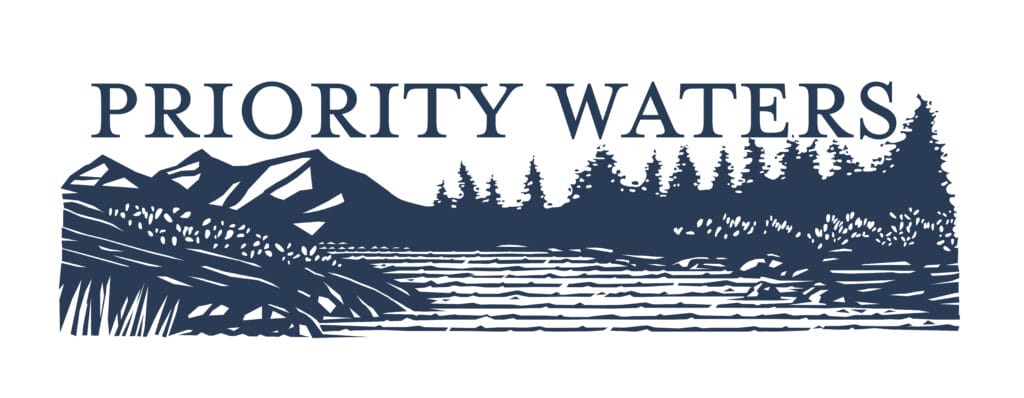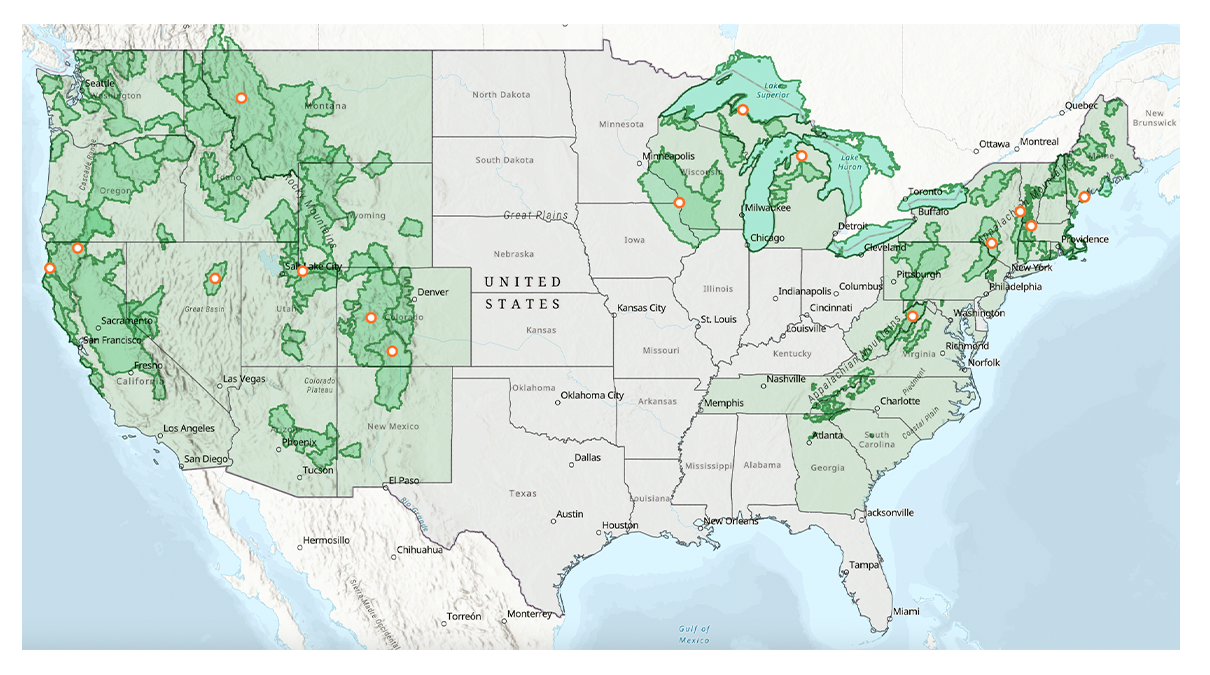Tom Sawyer was made to whitewash the fence as a punishment for being mischievous, but he appeared to be having such a good time with the chore that soon all his friends were bribing him with apples, feathers and other trinkets so they could paint, too.
There’s a lesson in Mark Twain’s story that speaks to Trout Unlimited’s Priority Waters initiative for the United States. We’re not going to disappear while others paint the fence, but many hands make light work and we’re inviting our friends to help us care for and recover a shared network of Priority Waters. Joining together, our chapters and external partners will make it possible for us to leverage hundreds of millions of dollars to do this.
For most of the two decades I have helped lead TU, we have worked to protect, reconnect and restore streams where we see the highest return on investment. That approach helps describe “what we do and how we do it” as an organization.
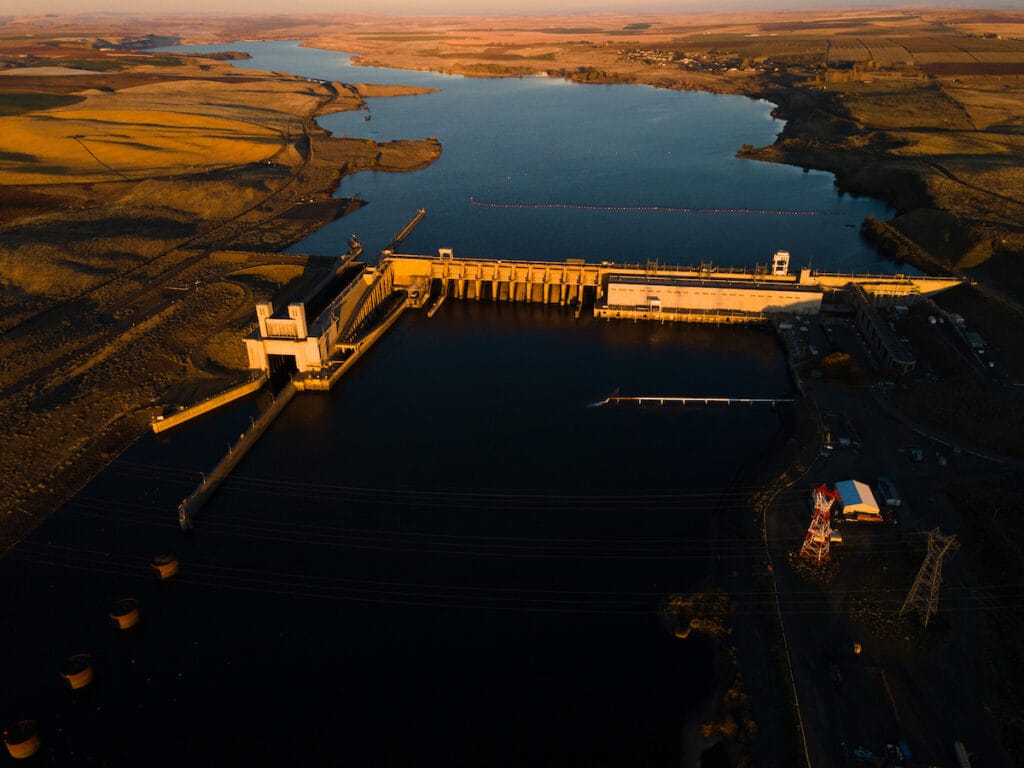
Identifying our shared Priority Waters is another step toward answering “where we work, and why.”
Any good financial planner will tell you that a diverse financial portfolio helps to minimize risk and maximize returns. Our Priority Waters approach borrows heavily from the portfolio concept by ensuring that risk for trout and salmon is spread across a variety of habitats and populations.
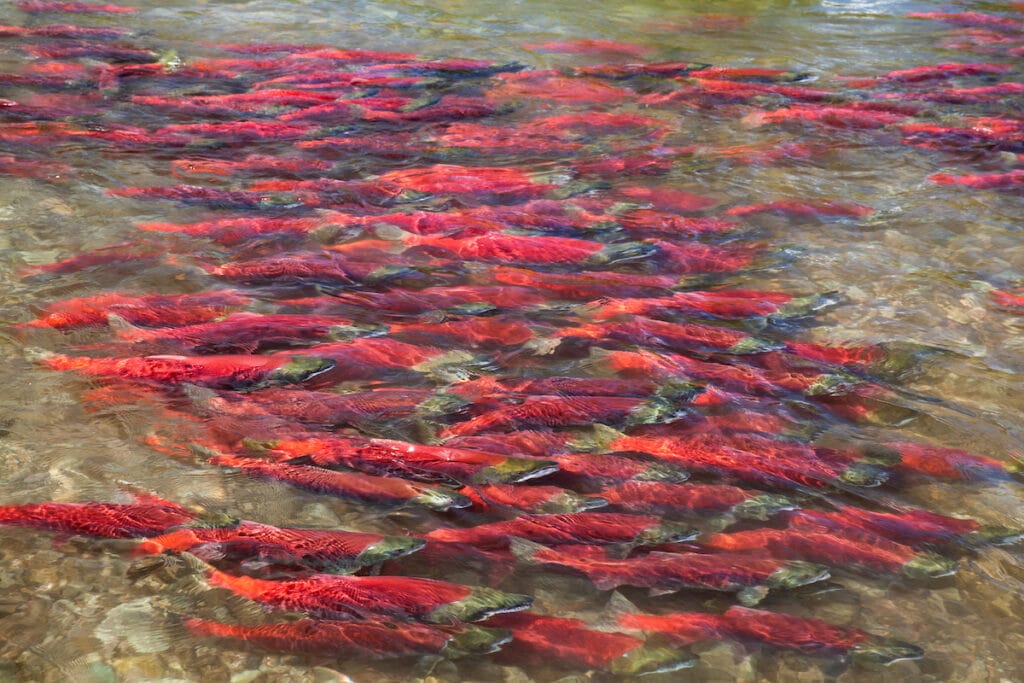
Science was the foundation upon which we built our Priority Waters list. Some of the factors we looked at included:
- The importance of genetic diversity, life history diversity and ecological diversity across the range of a trout or salmon species;
- The need to preserve intact strongholds of large, intact habitats with healthy trout or salmon populations, such as Bristol Bay, Alaska; and
- The presence of numerous populations with the habitat characteristics that will allow species to persist through climate change.
Other factors layered into the mix were chapter priorities; state and federal partner priorities; wild trout data; locations of public lands; and climate resiliency.
Of course, conservation is less about science than it is people, so we included other data to ensure our approach resonated throughout the nation. Will our work inspire local communities to care for their waters? Are there opportunities to expand TU’s longstanding tribal and agency partnerships? How significant is the conservation opportunity? Where can we work more with—and learn from—indigenous communities, communities of color and rural communities facing economic challenges?
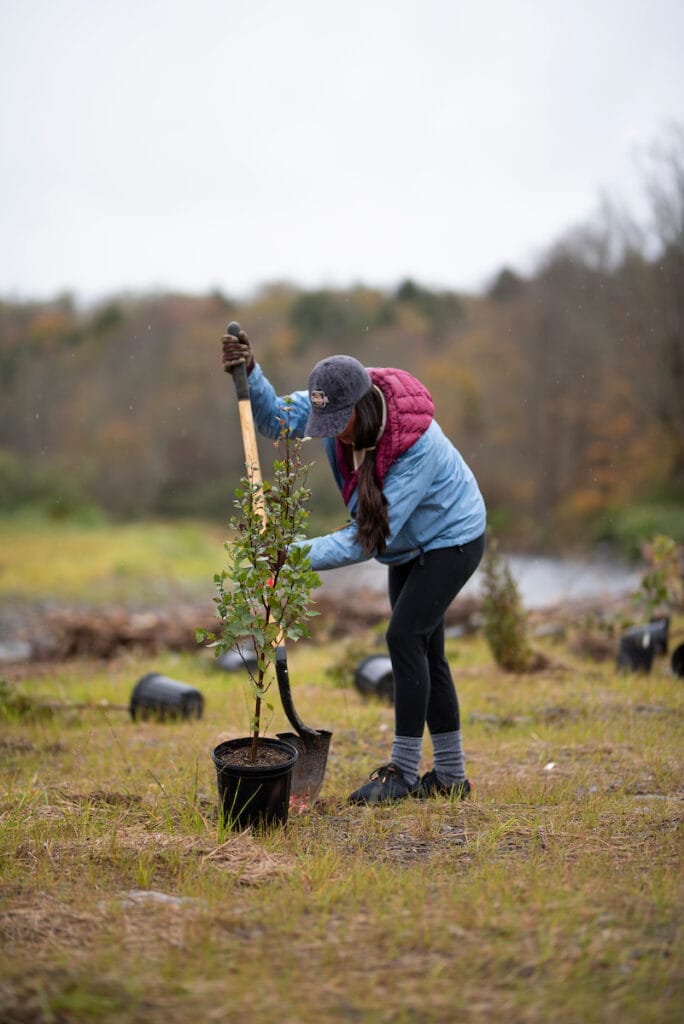
Our hope was that the transparent process we used to develop our Priority Waters would help engage new partners in our efforts to care for and recover rivers and streams.
And it has. Volunteer leaders worked closely with staff to develop the priorities, and already, some of our most important resource agency partners, from the Forest Service to the Environmental Protection Agency to the Bureau of Land Management, are embracing TU’s priorities as theirs.
TU’s Priority Waters were not written in stone, and we will continue to evaluate them to update emerging needs and opportunities.
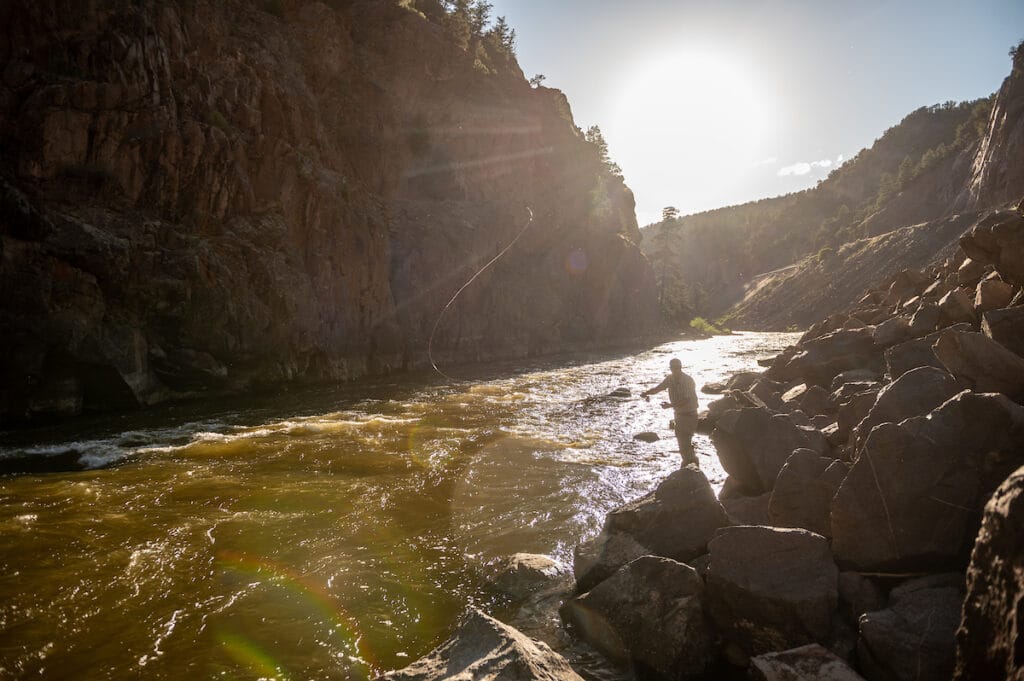
More than ever, we need to inspire and mobilize a broader community—younger and more diverse—in our mission work. And that happens everywhere, from city classrooms where we teach the next generation through Trout in the Classroom, to suburbs where we train volunteers to do community science on their local waters, to rural communities with a beloved tailrace or with headwaters that supply healthy drinking water for local people and healthy habitat for local trout and salmon.
Explore more about TU’s Priority Waters on our new site, and I invite you to join in the joyful work of caring for and recovering our wild and native trout and salmon and the places they call home.
